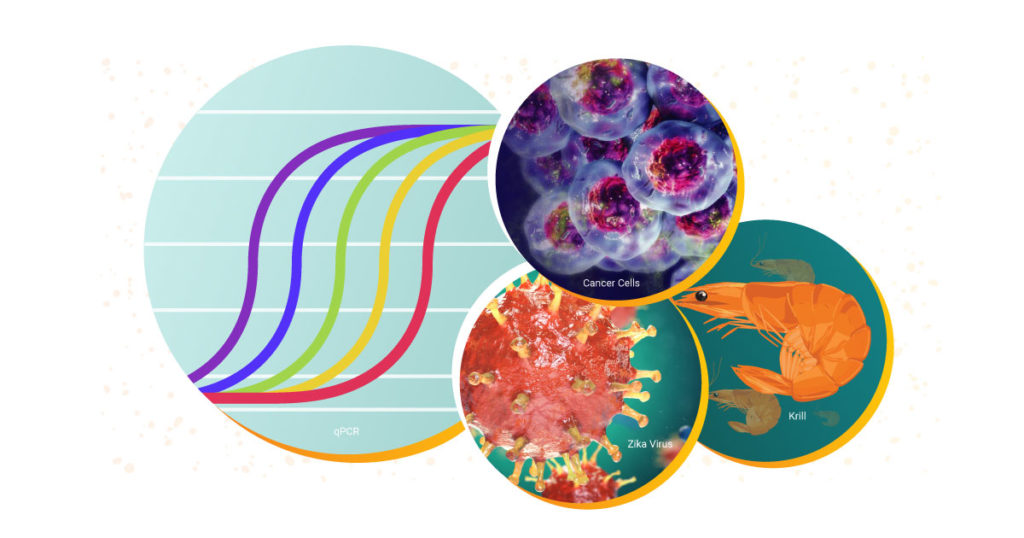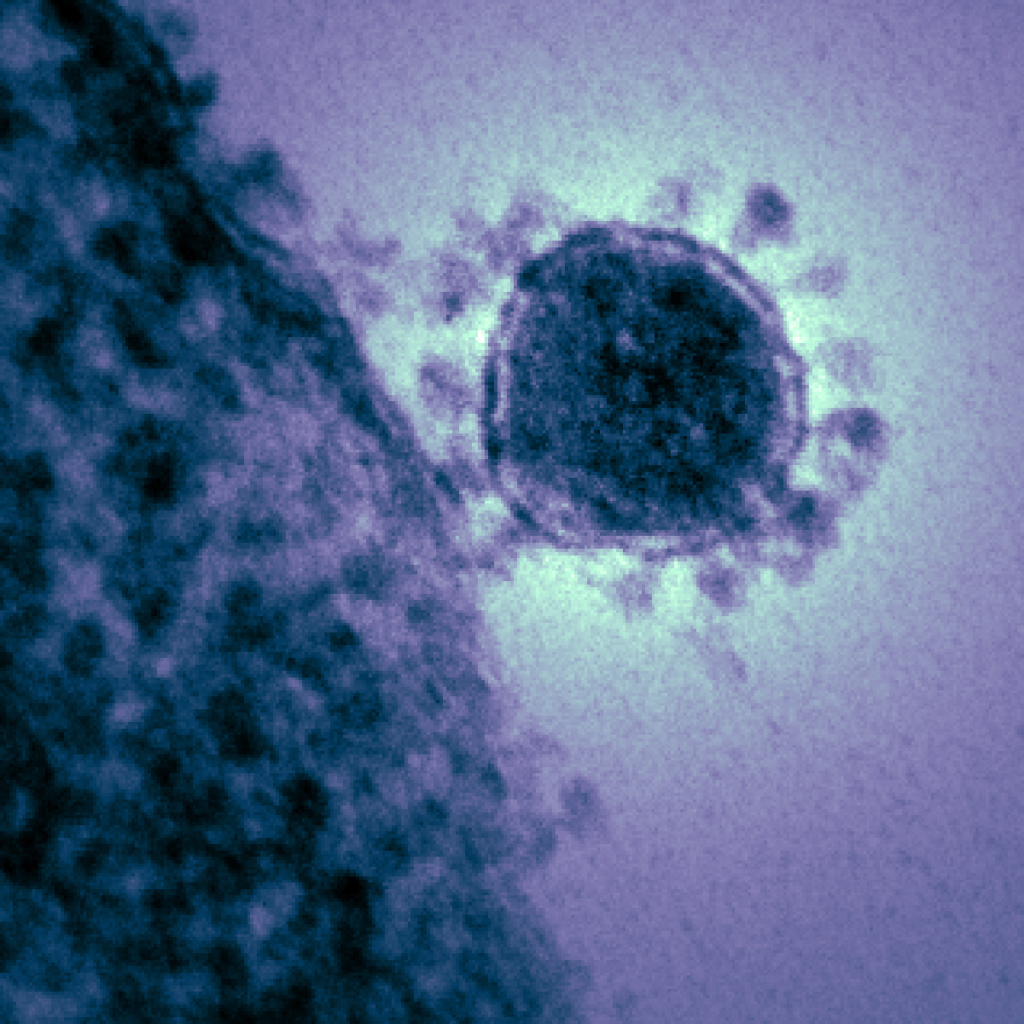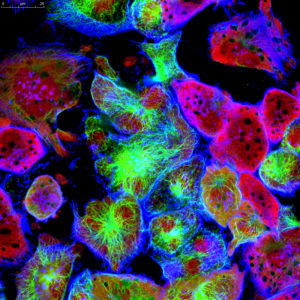Here in the US, as around the world, we’re beginning to come out of COVID-19 hiding, whether mandated or voluntary. We are slowly starting to leave the confines of home and “safer at home” orders. Many of us are donning masks and venturing out as needed, still under social distancing considerations.
We’re looking forward to a time when social distancing won’t be necessary, when we can see our relatives and friends, and give them a hug without concern for their safety or ours.
When will that time come? Many believe that it won’t be completely safe until there is an effective vaccine to protect us from SARS-CoV-2.
How does a vaccine protect us? Effective vaccines cause our immune system to produce antibodies that are specific for SARS-CoV-2, so that if we come into contact with the virus, it will be neutralized, preventing infection.
At this time, many questions remain about whether SARS-CoV-2 virus causes production of antibodies. And if antibodies are produced, are they protective?
In some exciting news this week, scientists studying SARS-CoV-2 have shown that neutralizing antibodies to this virus are made in humans. Here’s a look at their work.
Continue reading “Neutralizing Antibodies to SARS-CoV-2 Shown to Lessen Infection in Mice”







